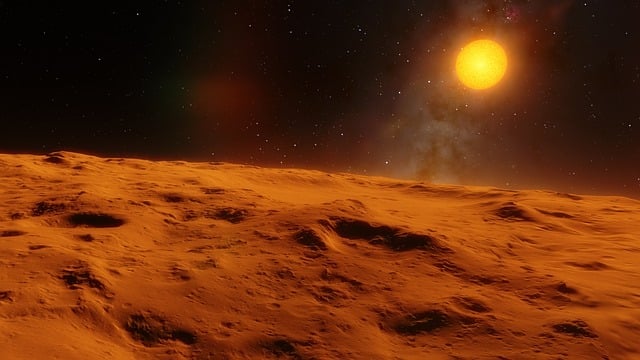An icy “minor planet” has been officially cataloged far beyond the orbit of Pluto, astonishing astronomers with its big size and an orbit that dwarfs anything seen before in our solar system’s outer reaches.
The discovery, announced on May 21st by the International Astronomical Union’s Minor Planet Center, adds another intriguing piece to the puzzle of our distant cosmic neighborhood and could provide fresh clues in the ongoing hunt for the elusive “Planet Nine.”
The newly recognized world, designated 2017 OF201, is not your average space rock.
Measuring an estimated 290 to 510 miles (470 to 820 kilometers) across, its upper size limit would put it in the same league as Ceres, the largest asteroid in the main belt between Mars and Jupiter. This makes it one of the largest distant objects yet discovered in our solar system.
A team of astronomers, led by Sihao Cheng of the Institute for Advanced Study, initially spotted 2017 OF201 in archival images.
It has now been officially recognized as a trans-Neptunian object (TNO) – a celestial body orbiting the Sun beyond Neptune, which itself is 30 times more distant from the Sun than Earth.
A preprint detailing the discovery is currently available on the arXiv.
What truly sets 2017 OF201 apart, however, is its colossal orbit.
At its farthest point, this minor planet ventures an astonishing 838 astronomical units from the Sun, making it nearly 30 times more distant than Neptune. Even at its closest, it remains 45 AU from our star, as reported by EarthSky.
This remarkable trajectory earns it the distinction of an extreme trans-Neptunian object (ETNO), a special category of distant rocks that have been fueling theories about mysterious gravitational forces lurking in the far reaches of our solar system.
This brings the inevitable discussion back to “Planet Nine,” the hypothetical world posited as a gravitational explanation for the unusual clustering of objects observed in the Kuiper Belt.
While other theories, such as a massive ring of debris or even a primordial black hole, have been proposed, the idea of an unseen, distant planet continues to captivate human imagination.
If Planet Nine exists, it is theorized to be over six times Earth’s mass, with an orbital period of approximately 7,400 years. While 2017 OF201 is undeniably large, it’s not on the scale of the theorized Planet Nine.
Nevertheless, discoveries such as this keep astronomers abuzz.
Just last month, another team of astronomers reported finding a different slow-moving object beyond Neptune – a potential Planet Nine candidate, though its position ultimately proved inconsistent with the theory.
These newly cataloged objects contribute to a growing list of bodies that could eventually help pinpoint the elusive Planet Nine, or at the very least, provide a comprehensive explanation for the strange movements of objects on the periphery of our solar neighborhood.
While 2017 OF201 may not be the planetary heavyweight many have been eagerly awaiting, its discovery serves as a potent reminder that our solar system, particularly its frigid, dimly lit, and hard-to-observe outer suburbs, is still full of wondrous surprises waiting to be unveiled.


